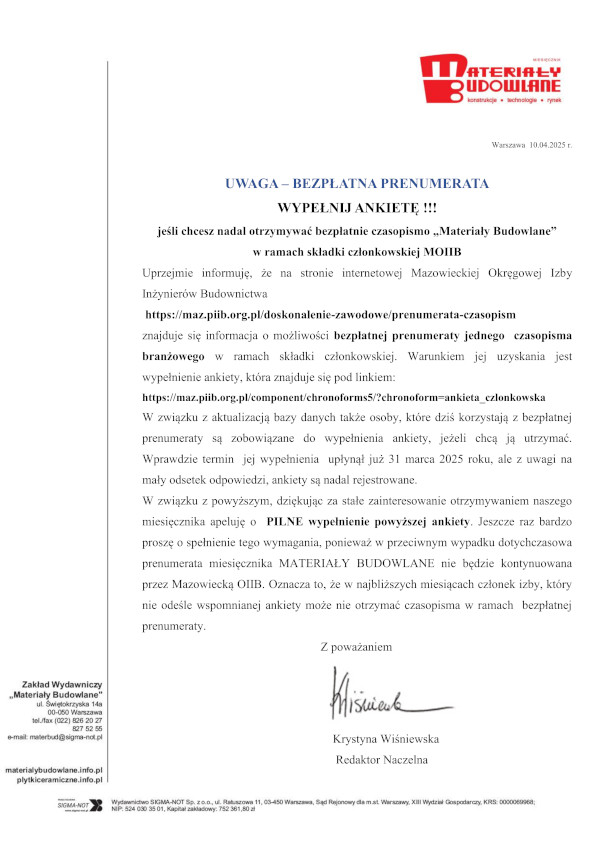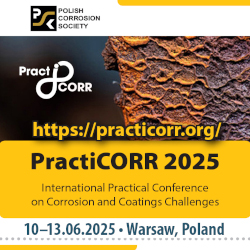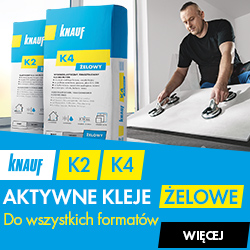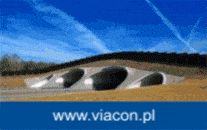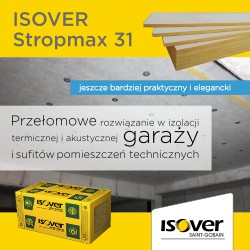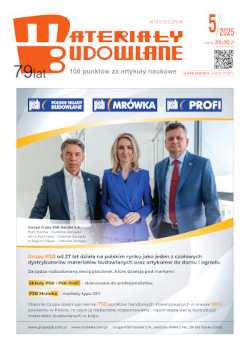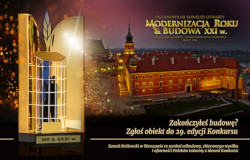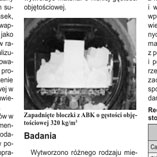 Prezentowany referat „Autoklawizowany beton komórkowy niezawierający cementu i siarczanów” wygłoszony został na 5. Międzynarodowej Konferencji Autoklawizowany Beton Komórkowy. Przedstawiono w nim rozwiązania technologiczne i recepturę pozwalającą na wytwarzanie betonu komórkowego o obniżonej gęstości objętościowej,
Prezentowany referat „Autoklawizowany beton komórkowy niezawierający cementu i siarczanów” wygłoszony został na 5. Międzynarodowej Konferencji Autoklawizowany Beton Komórkowy. Przedstawiono w nim rozwiązania technologiczne i recepturę pozwalającą na wytwarzanie betonu komórkowego o obniżonej gęstości objętościowej,
Andreas Stumm
Prezentowany referat „Autoklawizowany beton komórkowy niezawierający cementu i siarczanów” wygłoszony został na 5. Międzynarodowej Konferencji Autoklawizowany Beton Komórkowy. Przedstawiono w nim rozwiązania technologiczne i recepturę pozwalającą na wytwarzanie betonu komórkowego o obniżonej gęstości objętościowej, niezawierającego cementu i siarczanów. Beton o klasie gęstości 350 charakteryzuje się współczynnikiem przewodzenia ciepła λ = 0,09 W/(mK) oraz skurczem poniżej 0,20 mm/m. Ponadto ABK niezawierający cementu ma mniejszą kruchość i jest mniej podatny na ryzyko uszkodzeń transportowych..
***
Cement and sulphate free autoclaved aerated concrete
New laws are likely which will make putting autoclaved aerated concrete (ACC) into landfills more difficult in the future. Consequently, a project was launched at Xella to reduce the sulphate content in AAC to almost zero. Positive side effects are no risk of thaumasite, agglomeration residue of lime and grey stains. The biggest source of sulphate besides cement is the pure calcium sulphate, which is added either as gypsum or anhydrite to the mixture. Additional calcium sulphate has been used in AAC to improve its material properties for many years. The reduction of calcium sulphate in ordinary cementitious AAC recipes leads to highs shrinkage and less compressive strength of the material. Sulphate free AAC with a low bulk density is not yet being made in mass production. Due to the lag of the hydraulic binder cement, completely sulphate free recipes could not be handled in technologies like Durox, Hebel or Ytong yet. Cement and sulphate free ACC cakes tend to collapse either in the demoulding or autoclaving process, and especially low densities are difficult to process. Technological solutions and recipes were found to produce cement and sulphate free AAC with low bulk densities in moulds with the size of 5,4 m 3 . The material meets the requirements for the German bulk density class PP2/0,35 with λ 0,09 W/(mK). The shrinkage tests show values under 0,20 mm/m according to to DIN EN 680. Finally, it was shown that cement free recipes lead to fewer transportation damages due to less brittle surfaces. Further research is currently in progress.


Materiały Budowlane 3/2013, strona 102-103 (spis treści >>)


